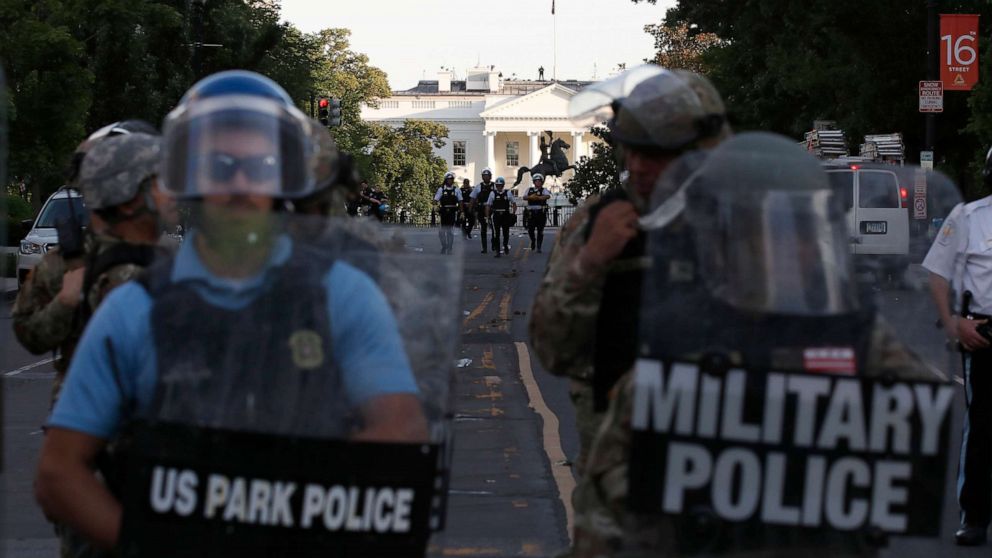What is the Insurrection Act and why has it been invoked before?
When President Donald Trump threatened Monday to use the active duty military to deal with nationwide violent protests over the last week, he was suggesting he might invoke a law more than 200 years old.
"If a city or state refuses to take the actions that are necessary to defend the life and property of their residents, then I will deploy the United States military and quickly solve the problem for them," he said in the White House Rose Garden.
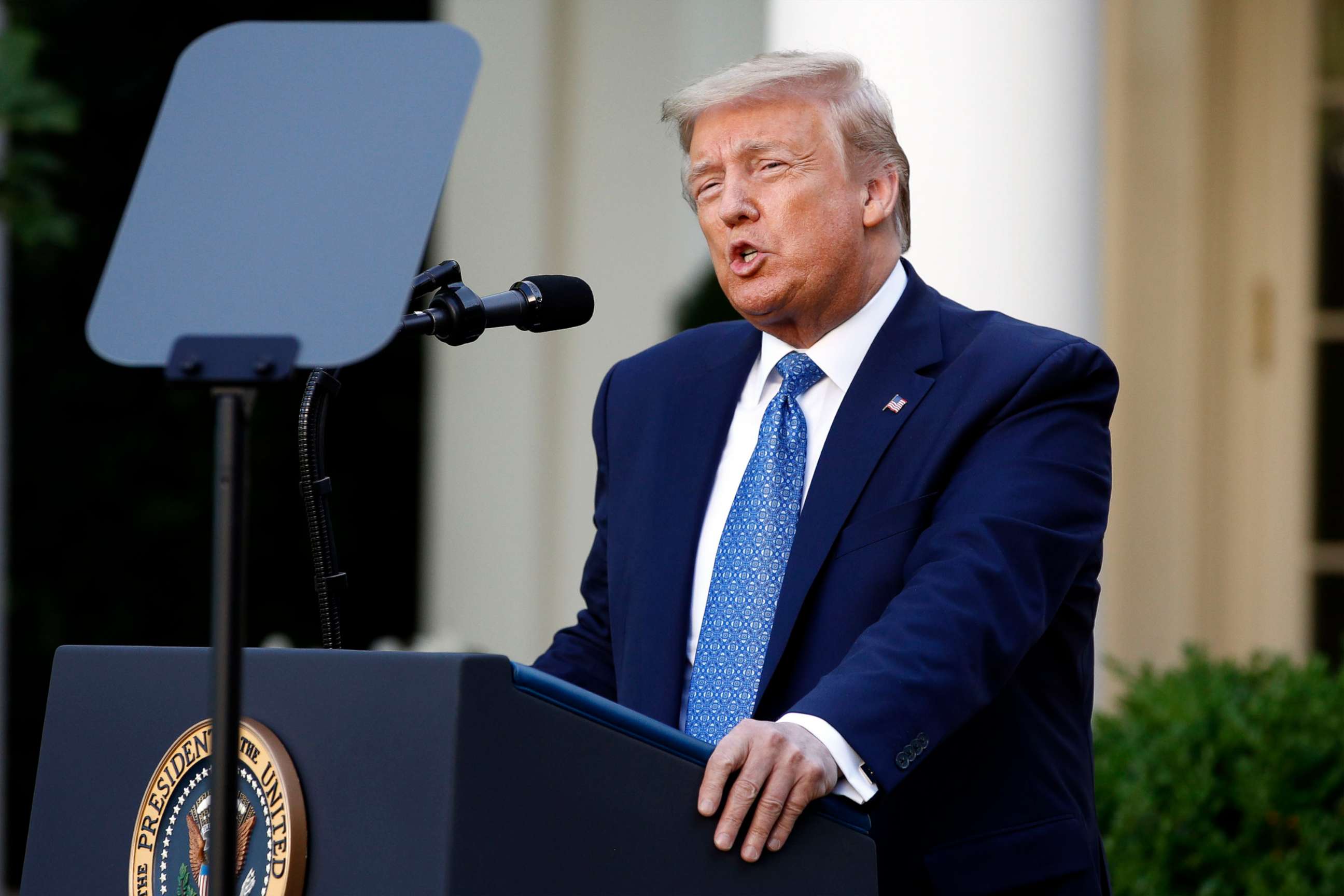
To actually do so, he would need to employ what's known as the Insurrection Act of 1807.
Here are the basics:
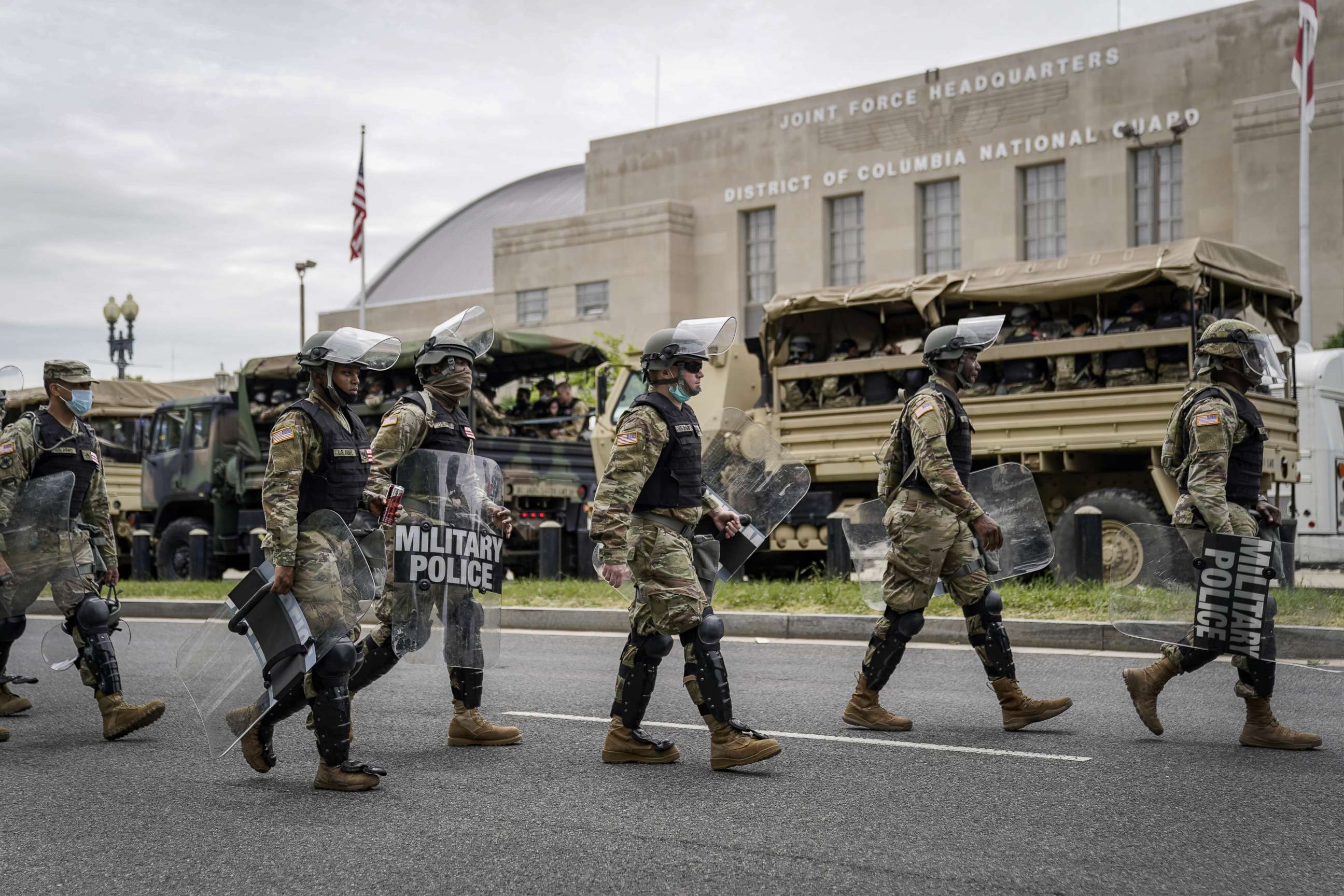
What is the Insurrection Act?
Signed into law by President Thomas Jefferson in 1807, the Insurrection Act empowers the American president and commander in chief to deploy military troops within the U.S. in particular circumstances, if they believe it is necessary to quell an "insurrection" that threatens a state or its residents.
It's essentially a legal key that unlocks the door to use federal military forces -- whether through federalizing the National Guard or calling in "Title X forces" to settle civil unrest.
The exception to the Posse Comitatus Act of 1878, which prohibits active-duty troops from being deployed to U.S. states for routine use as police forces, is an important and expansive power granted to the president.

When has it been invoked?
The Insurrection Act has rarely been invoked in the 213 years it's been on the books -- but in modern times, presidents have typically assumed the power to deal with the American agony of racial conflict, even relying on the provision to uphold federal civil rights in the Deep South.
In 1957, President Dwight D. Eisenhower called on the U.S. Army's 101st Airborne Division to safely escort nine black students into Little Rock Central High School after the Arkansas Gov. Orval Faubus, using the Arkansas National Guard under the guise of maintaining peace, tried to prevent the students from entering the school.
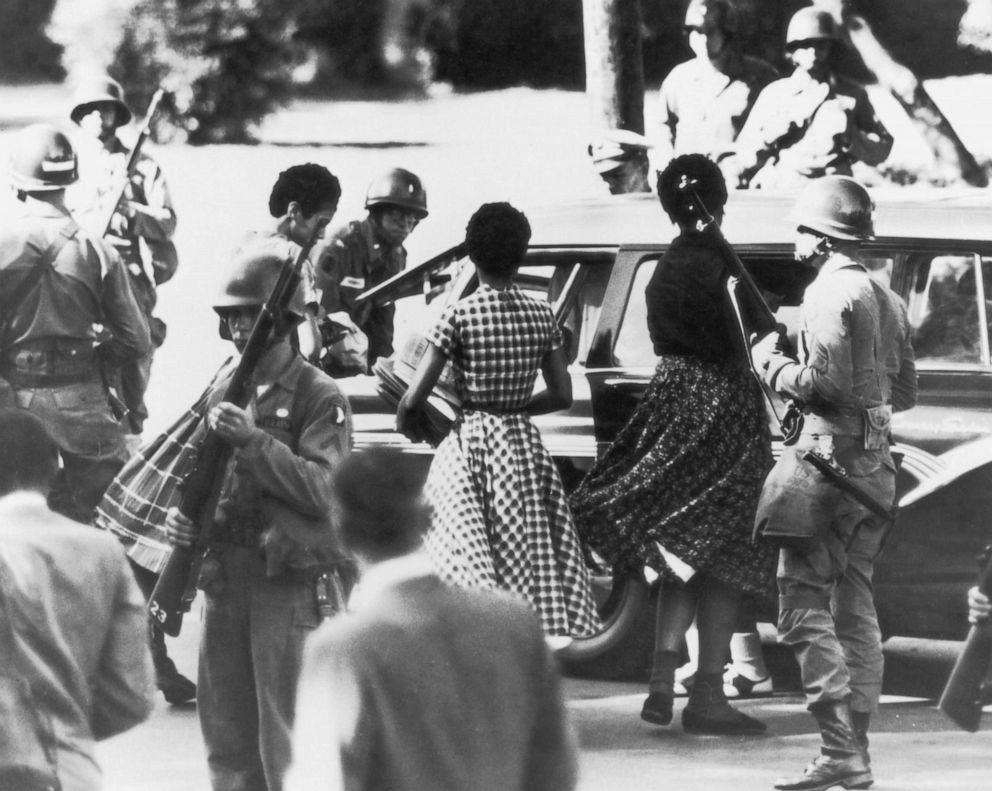
President John F. Kennedy invoked the Insurrection Act in 1962 and 1963 to send federal troops to Mississippi and Alabama to enforce civil rights laws. In 1967, President Lyndon B. Johnson sent the 82nd and 101st Airborne Divisions to Detroit when deadly riots broke out between police and residents and again invoked the law in 1968 in response to protests sparked by the assassination of Martin Luther King Jr.
And in 1992, President George H.W. Bush responded to a request from Gov. Pete Wilson of California to help quell rioting in Los Angeles after the acquittal of the four LAPD officers who brutally beat Rodney King.
The act was revised after the Sept. 11, 2001 attacks to expand presidential power and though contemplated for use in the aftermath of Hurricane Katrina in 2005, the Bush administration used other authorities to send thousands of active duty troops to New Orleans.
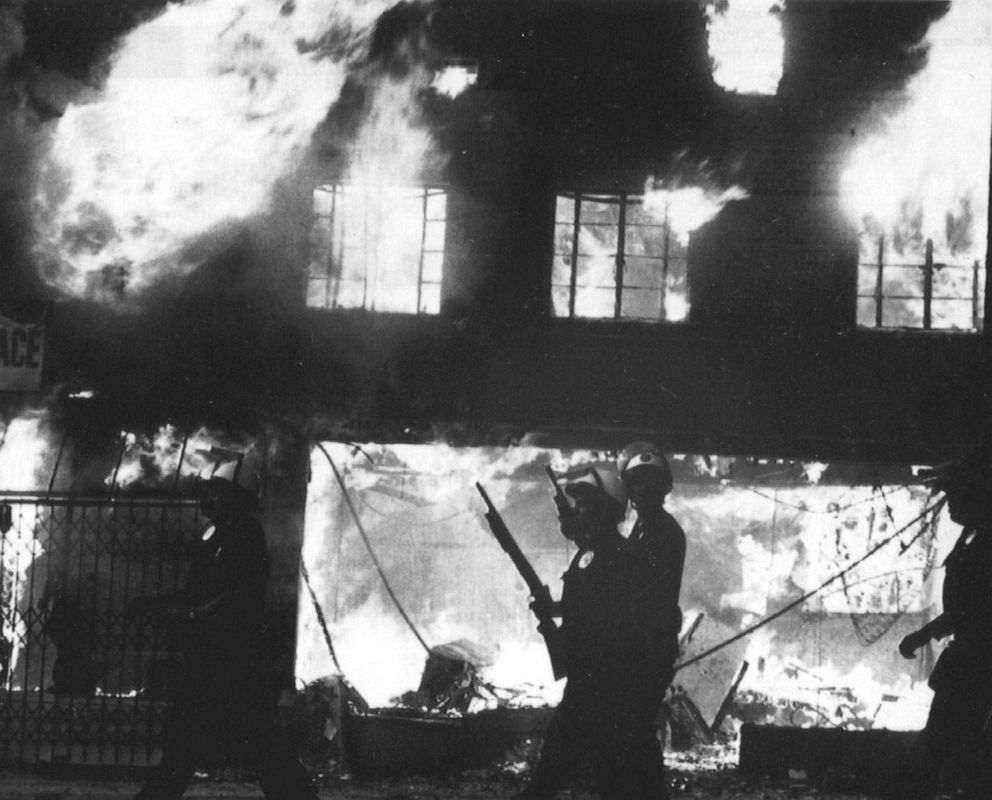
How can it be invoked?
The Insurrection Act can be invoked at a state's request. A state legislature or governor could request assistance from the president to "to suppress [an] Insurrection."
- The law states: "If there is an insurrection in a State, the President, at the request of the State's legislature, or Governor if the legislature cannot be convened, may call National Guards of other States into Federal service as well as use the Federal military to suppress the insurrection."
Two other Insurrection Act provisions allow a president to invoke it regardless of a state's wishes.
One provision permits it to be invoked if the president deems it necessary "to suppress an insurrection, domestic violence, unlawful combination or conspiracy."
- The law states: "Whenever the President considers that unlawful obstructions, combinations, or assemblages or rebellion against authority of United States makes it impracticable to enforce the law of the United States in any State or territory by judicial proceedings, the President may call into Federal service the militia of any State and use the Federal military to enforce the laws or suppress the rebellion."
A third option -- the most generalized provision -- says the president can use the armed forces when there is an interference with federal or state law.
- The president may use the military to suppress insurrection, domestic violence, unlawful combination or conspiracy if "(a) it so hinders the execution of law of that State and of the United States and it deprives citizens of constitutional rights (e.g. due process); or (b) it opposes or obstructs the execution of laws or impedes the course of justice. In the event of the deprivation of rights, the State is deemed to have denied its citizens equal protection of laws."
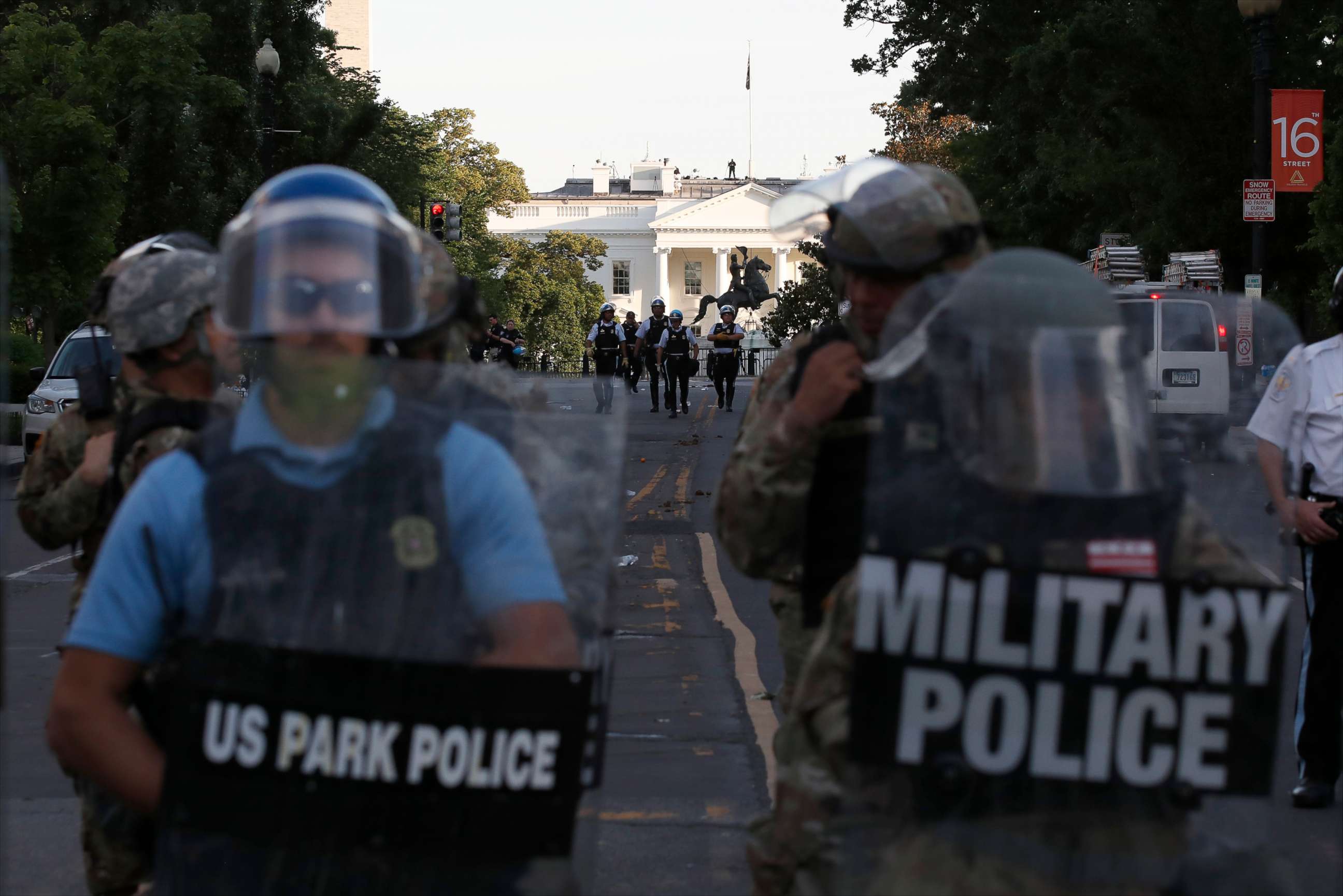
But first, a proclamation to disperse:
Prior to invoking the Insurrection Act, the president and the attorney general must first issue a "proclamation to disperse."
If the situation is not cleared, the president may then issue an executive order to send in troops, according to a 2006 report by the Congressional Research Service.
Has Trump invoked it?
The White House has not issued a proclamation text, and President Trump didn't use the words "Insurrection Act" in his Monday night statement.
But at least one Republican has already recommended it: Arkansas Sen. Tom Cotton, a staunch conservative, advocated on Twitter that Trump employ the 101st Airborne Division.
The most notable time 101st Airborne Division was in Cotton's home state was in 1957 when Eisenhower used the Insurrection Act to force desegregation and safely escort nine black students into Little Rock Central High School.
Illinois Gov. J.B. Pritzker, a Democrat, was quick to dispute Trump's comments, rejecting the idea that the government can send troops to his jurisdiction.
"I reject the notion that the federal government can send troops into the state of Illinois," Pritzker told CNN. "He wants to change the subject from his failure over coronavirus, a miserable failure, and now see a moment when there's unrest because of the injustice that was done to George Floyd that he now wants to create another topic and something where he can be the law and order president."
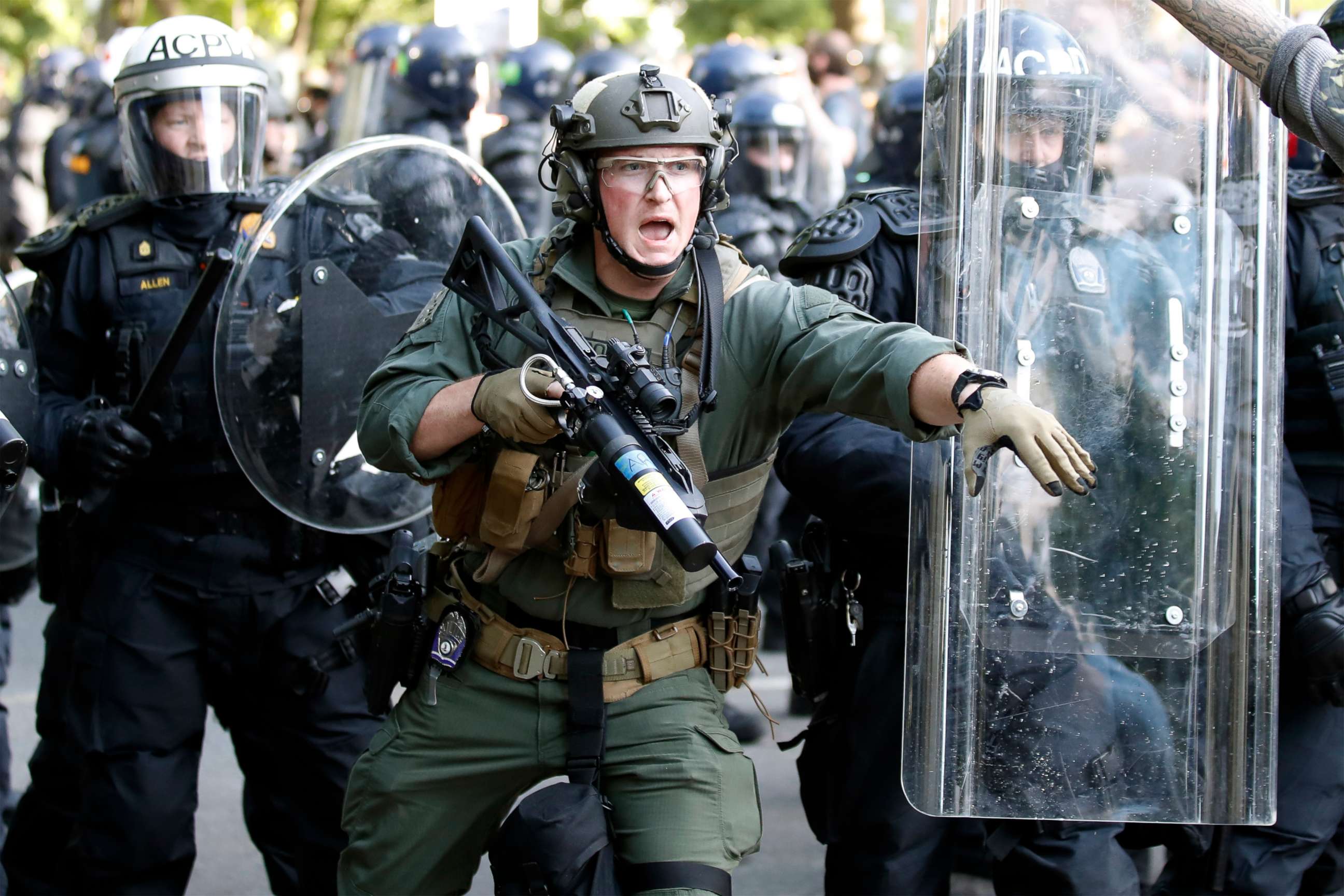
An ABC analysis:
John Cohen, former Acting Undersecretary for Intelligence at the Department of Homeland Security, who is now an ABC News contributor, noted the U.S. military, as formidable as it is, isn't trained specifically to deal with civil unrest in the U.S.
"Placing U.S. military personnel in the position of potentially using deadly force against other U.S. citizens is not something that should be done in a cavalier manner," Cohen said.
"The experience of its deployment during the Los Angeles riots faced many logistical communication and operational challenges," added Cohen, also a former police officer who worked in Los Angeles county. "It wasn't seen as a successful operation by many."
Read the original text:
The original text of the act, which has been amended several times since it was first passed on March 3, 1807, reads as follows:
"An Act authorizing the employment of the land and naval forces of the United States, in cases of insurrections. Be it enacted by the Senate and House of Representatives of the United States of America in Congress assembled, That in all cases of insurrection, or obstruction to the laws, either of the United States, or of any individual state or territory, where it is lawful for the President of the United States to call forth the militia for the purpose of suppressing such insurrection, or of causing the laws to be duly executed, it shall be lawful for him to employ, for the same purposes, such part of the land or naval force of the United States, as shall be judged necessary, having first observed all the pre-requisites of the law in that respect."
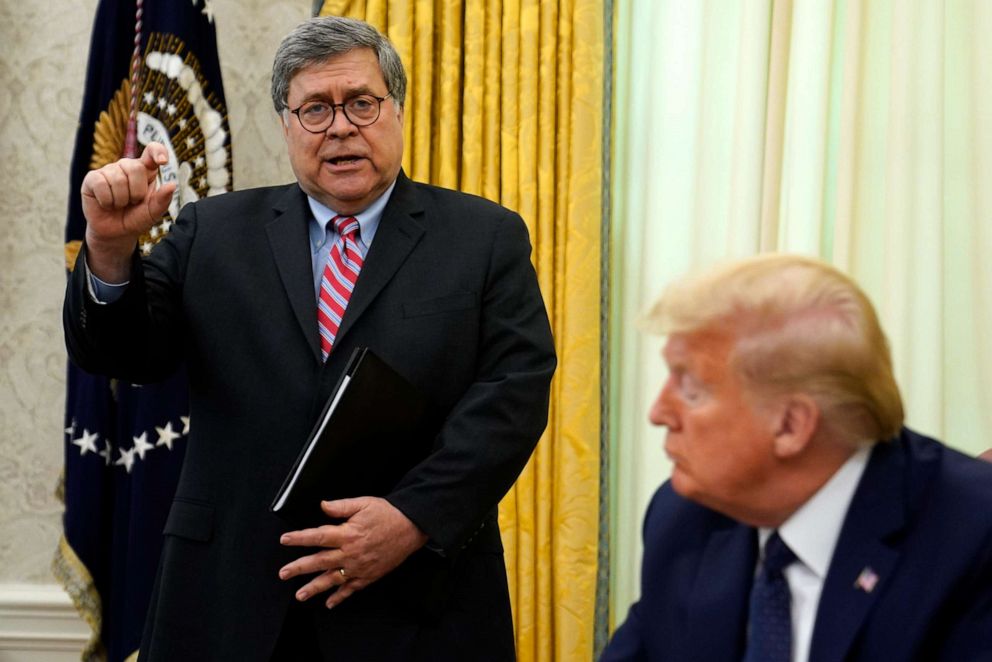
One more thing:
When the Insurrection Act was used in 1992, Attorney General William Barr was serving as attorney general in the George H.W. Bush administration.
Editor's note: This story has been corrected to reflect that President Lyndon B. Johnson invoked the Insurrection Act in 1967 and 1968 and that President John F. Kennedy did so in 1962 and 1963.
ABC News' Martha Raddatz, Luis Martinez, Terry Moran and Trish Tuner contributed to this report.
